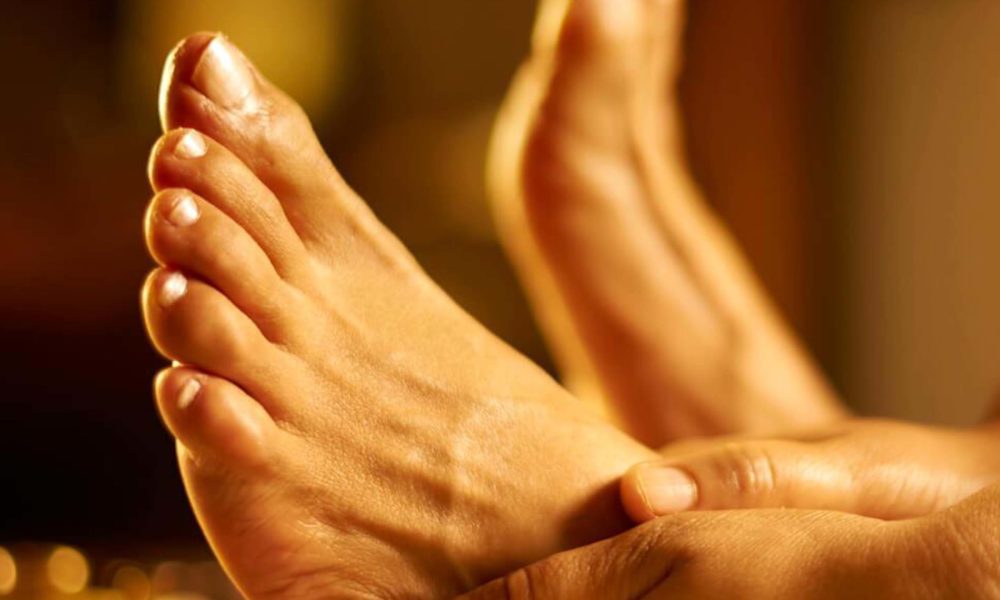



Reflexology is a misunderstood spa treatment. Most people think it’s a foot massage, and unfortunately, some spa therapists treat it like that. It’s also widely though to be an ancient Chinese treatment. While it certainly owes a debt to the past, reflexology as a treatment modality was actually developed in America in the 20th century.
So what is reflexology? Reflexology is a spa treatment where the therapist works on reflex points on your feet, hands, and ears that are thought to relate to specific organs and glands in the body.
Stimulating those points with finger pressure promotes health in those organs and glands via the body’s energetic pathways.
When done by a skilled practitioner, reflexology is a deeply relaxing treatment with benefits that can be felt throughout the body. The therapist will use various techniques that include holds, finger pressure, kneading, rotation and rubbing.
The Effect of Reflexology Should Be Felt Throughout the Body
The best therapists also include hands and feet as part of the reflexology treatment, and you should feel an effect through the entire body. If the therapist is less skilled or inadequately trained, you’ll just feel like you’ve had a very long foot massage.
There is evidence that people were practicing some form of hand and foot therapy 4,000 years ago in China and Egypt. The modern rediscovery of some kind of systematized foot therapy is attributed to Dr. William Fitzgerald, who called it “Zone Therapy.” His ideas came to the attention of the public in a 1915 article, “To Stop That Toothache, Squeeze Your Toe,” published in Everybody’s Magazine.
His work was extended by Eunice Ingham, known as the “pioneer of modern reflexology.” She painstakingly mapped the feet with all the corresponding organs and glands of the body. Ingham devised a system of techniques which enable the practitioner to contact the reflexes in the most effective and economic way.
This system is known as the “Original Ingham Method” and though this method has been refined still further, her legacy is still the foundation of modern reflexology.
What You Need to Know About Reflexology
In recent years, reflexology practitioners have begun to incorporate the acupressure techniques of Traditional Chinese Medicine (T.C.M.) into their work. Although reflexology is based on the theory of “zones” instead of T.C.M.’s theory of “meridians” or energy pathways, both treatments are based on the principle that working on specific points can bring about a therapeutic effect in other parts of the body.